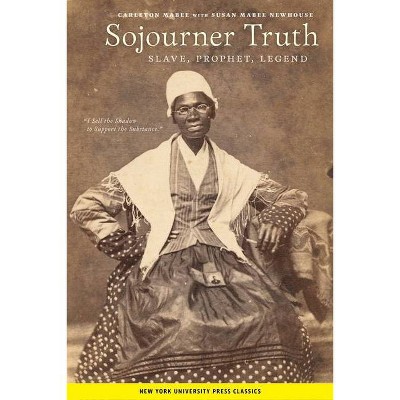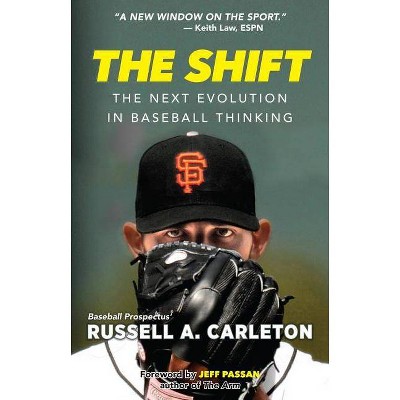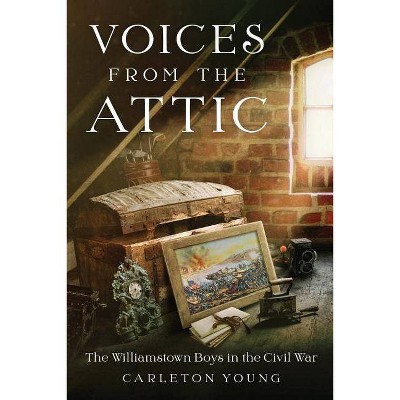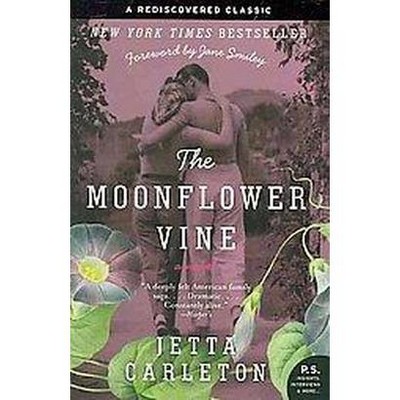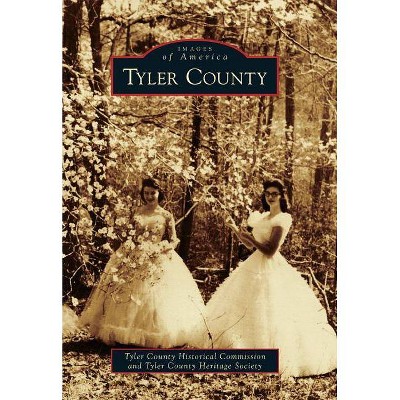Carleton Watkins - by Tyler Green (Paperback)
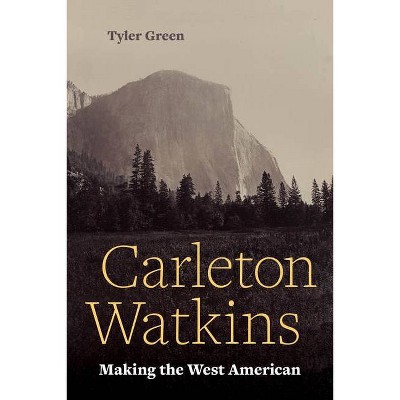
Similar Products
Products of same category from the store
AllProduct info
<p/><br></br><p><b> Book Synopsis </b></p></br></br><b>"[A] fascinating and indispensable book.</b>"<b>--Christopher Knight, <i>Los Angeles Times</i></b> <p/><b>Best Books of 2018--<i>The Guardian</i> </b> <p/><b>Gold Medal for Contribution to Publishing, 2019 California Book Awards</b> <p/> Carleton Watkins (1829-1916) is widely considered the greatest American photographer of the nineteenth century and arguably the most influential artist of his era. He is best known for his pictures of Yosemite Valley and the nearby Mariposa Grove of giant sequoias. <p/> Watkins made his first trip to Yosemite Valley and Mariposa Grove in 1861 just as the Civil War was beginning. His photographs of Yosemite were exhibited in New York for the first time in 1862, as news of the Union's disastrous defeat at Fredericksburg was landing in newspapers and while the Matthew Brady Studio's horrific photographs of Antietam were on view. Watkins's work tied the West to Northern cultural traditions and played a key role in pledging the once-wavering West to Union. <p/> Motivated by Watkins's pictures, Congress would pass legislation, signed by Abraham Lincoln, that preserved Yosemite as the prototypical "national park," the first such act of landscape preservation in the world. <i>Carleton Watkins</i>: <i>Making the West American</i> includes the first history of the birth of the national park concept since pioneering environmental historian Hans Huth's landmark 1948 "Yosemite: The Story of an Idea." <p/> Watkins's photographs helped shape America's idea of the West, and helped make the West a full participant in the nation. His pictures of California, Oregon, and Nevada, as well as modern-day Washington, Utah, and Arizona, not only introduced entire landscapes to America but were important to the development of American business, finance, agriculture, government policy, and science. Watkins's clients, customers, and friends were a veritable "who's who" of America's Gilded Age, and his connections with notable figures such as Collis P. Huntington, John and Jessie Benton Frémont, Eadweard Muybridge, Frederick Billings, John Muir, Albert Bierstadt, and Asa Gray reveal how the Gilded Age helped make today's America. <p/> Drawing on recent scholarship and fresh archival discoveries, Tyler Green reveals how an artist didn't just reflect his time, but acted as an agent of influence. This telling of Watkins's story will fascinate anyone interested in American history; the West; and how art and artists impacted the development of American ideas, industry, landscape, conservation, and politics.<p/><br></br><p><b> From the Back Cover </b></p></br></br>"The San Francisco earthquake of 1906 destroyed much of the history of the West, but Tyler Green pierces that curtain of smoke in this innovative biography, recreating the life of photographer Carleton Watkins. 'It was during one of the darkest hours' of the Civil War, wrote Frederick Law Olmsted, that Watkins's pictures 'had given to the people on the Atlantic some idea of the sublimity of the Yosemite, and of the stateliness of the neighboring Sequoia grove.' Watkins helped to create a 'cultural Unionism, ' Green argues, that bound the West to the national cause. In these pages, Watkins emerges as a pivotal artist, a key player in the preservation of what is now Yosemite National Park, and a creator of the American environmental imagination."--T. J. Stiles, Pulitzer Prize-winning author of <i>Custer's Trials: A Life on the Frontier of a New America</i> <p/> "Tyler Green's achievement here is monumental. This book takes the familiar narrative of the formation of the American West and brings an entirely new perspective to it, beautifully positioning Watkins's work within the history of California, and indeed the nation."--Corey Keller, Curator of Photography at the San Francisco Museum of Modern Art <p/> "Tyler Green's great contribution is not only to directly link Carleton Watkins to the great empire building of the West but also to insist on his importance in joining the West, specifically California, to the nation as a whole. Green does this in a cinematic fashion, meticulously recreating San Francisco and the West as they were settled and photographed by Watkins. It is a bravura merger of formal analysis with real world applications and results. The writing is lively and witty, peppered with dry humor and twenty-first-century colloquialisms, which help to make this nineteenth-century story feel vivid and fresh."--Christine Hult-Lewis, coauthor of <i>Carleton Watkins: The Complete Mammoth Photographs</i><p/><br></br><p><b> About the Author </b></p></br></br><b>Tyler Green</b> is an award-winning critic and historian. He is the producer and host of <i>The Modern Art Notes Podcast</i>, America's most popular audio program on art, and was previously the editor of the website Modern Art Notes, which published from 2001 to 2014. This is his first book.
Price History
Price Archive shows prices from various stores, lets you see history and find the cheapest. There is no actual sale on the website. For all support, inquiry and suggestion messagescommunication@pricearchive.us
